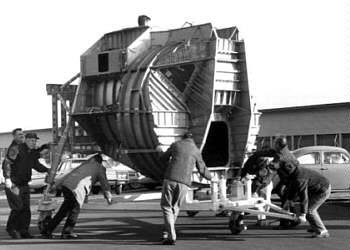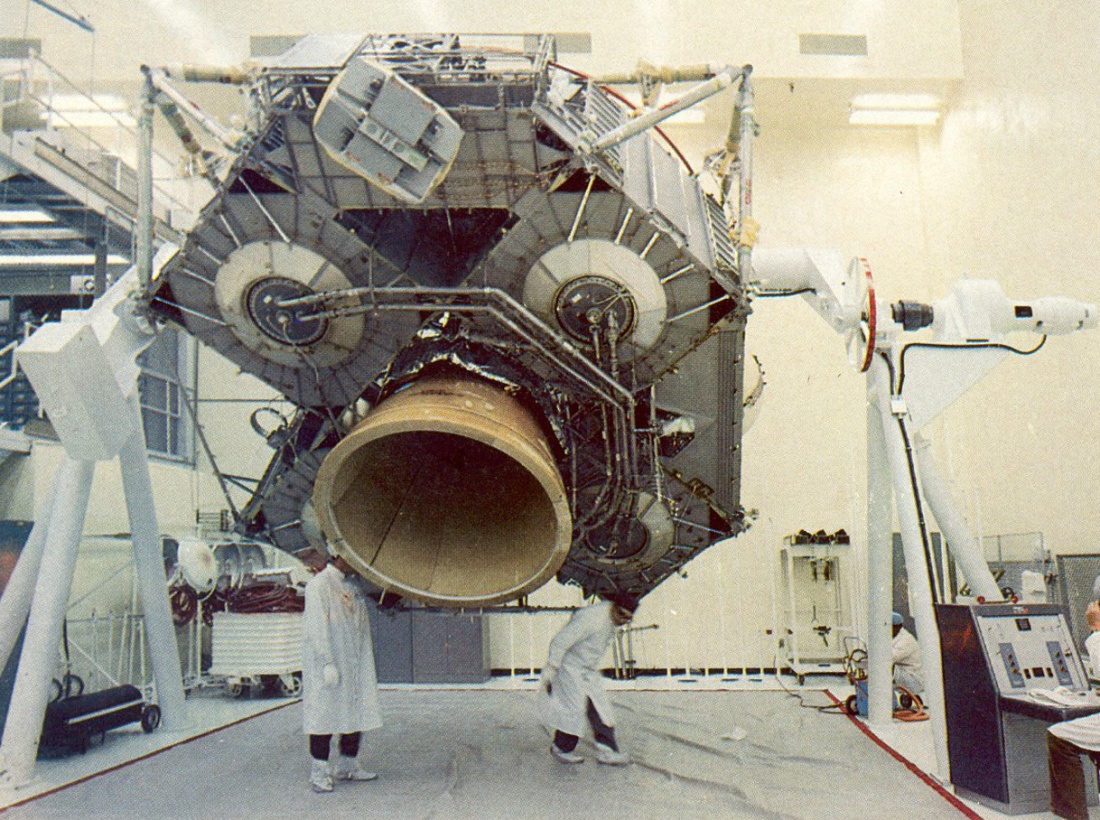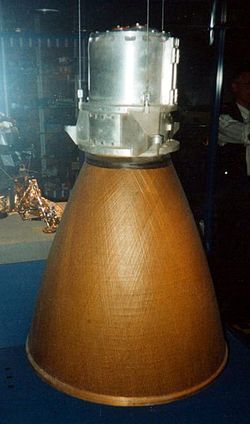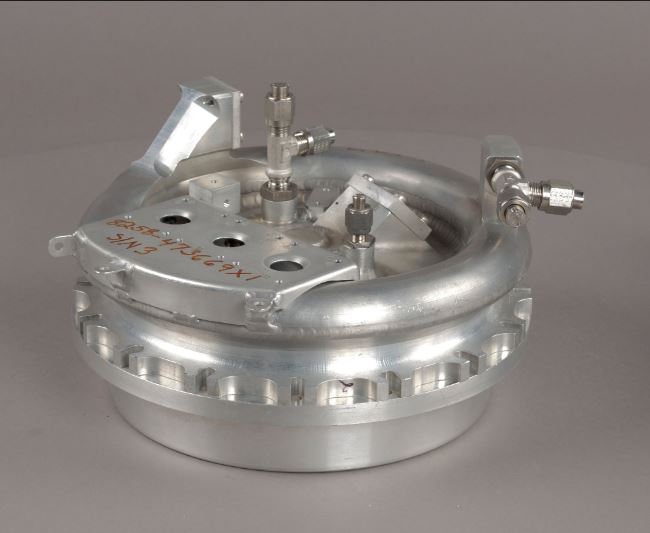One of the more common “we didn’t land on the moon evidence” quoted by doubters is “you can tell the footage has been faked because you can’t hear the rocket engine in the background when they’re talking – and it would have been LOUD”.
Let’s take a look at why that isn’t the case at all.
First up, the footage that we’re often looking at when watching and listening to the lunar surface ascents and descents was shot with a Maurer 16mm data acquisition camera. It took some great footage in it’s day – but – it doesn’t have a microphone (or even an audio input). “But I can here astronauts talking on those clips” I hear you cry! Yes – video footage captured at the time was later synchronized with audio recorded on earth by mission control.
Image Credit: Cameron Fraser – Quora
So here’s where it starts to get interesting; all sounds heard were captured by the astronaut’s microphones. These were units were manufactured by Plantronics – and designed with noise-cancelling in mind (speech arriving at the microphone from only 1 direction was accepted whereas general noise that arrived at both sides of the microphone got rejected. Astronaut Bill Anders called his microphone a “tonsil mike” because “you had to practically shove it down your throat to make it work properly”.
Additionally, their communications equipment was set to VOX – voice operated transmission; in other words, their radios only transmitted when they spoke.
But wait – there’s more.
To guard against the possibility of sudden decompression, astronauts wore their lexan helmets during critical phases of flight – such as landings and ascents; this further served to isolate the microphones from the cabin noise.
Speaking of the cabin, it’s important to realise that it wasn’t pressurised to the 14.7 PSI that we all enjoy here on earth – NASA made the decision to use pure oxygen and then to only pressurise the cabin to 4.8 PSI. We all know that sounds can’t be transmitted through a vacuum – and the lunar module atmosphere was 2/3 of the way to being a vacuum when compared to earth – thus limiting the ability of sounds to travel through the internal environment by two thirds.
Yeah yeah I hear you all say – but they were shacked up with a great big rocket motor for goodness sake! It must have made a lot of noise!
Well – actually – no. Not really.
First up, the lunar module came in 2 “halves” – the descent stage which contained the descent engine and descent fuel – and the ascent stage which comprised of the ascent engine and the cabin/pressure hull. The descent stage engine was gimbal-mounted (so it could be steered) – and on a different part of the lander to the astronauts. Although the ascent engine was part of the ascent stage, it was still isolated from the pressure hull that contained the astronauts.
Just for fun, here’s a couple of photos of the lunar module – the first showing the complete pressure hull:

Image Credit: Unknown
And a 2nd showing the LM descent stage on a device called the “tumbler”:

Image Credit: Unknown
“Even so”, I hear your scream – those things were big, and they were loud – a lot of that sound MUST have got through somehow – right?
Um, no, not really.
A couple of things to consider; firstly, they didn’t have to be particularly powerful. A fully fueled and loaded LM weighed around 33,500 to 36,200 pounds here on earth (depending on the mission) – but in lunar gravity that’s only 5583 to 6033 pounds – and by the time it got near the surface it was a LOT lighter due to all of the descent fuel having been consumed. By the time they touched down the descent engine was “idling” at around only 10% thrust. The job for the ascent engine was even easier as the load was even lighter due to the descent stage being left on the lunar surface.
The other thing to keep in mind is that the main reason rockets sound loud here on earth is because their extremely high velocity exhaust plumes are interacting with the surrounding air – essentially creating a large, turbulent, and constant “sonic boom”. On the lunar surface there is no atmosphere and thus no air (or other gas) for the exhaust plume to interact with and no atmosphere to carry any sound anyway.
Lets talk more about the ascent stage engine; people like to say “they were practically sitting on it”. Not quite. They could sit on it’s cover, but the engine itself is still in a different part of the ascent stage – so not “in the cabin with them”.
Here’s a photo of the engine:

Image Credit: Wikipedia
It’s actually not that big – not that powerful – only 3500 pounds of thrust. Even a Boeing 777 engine operating at ground idle puts out more thrust.
To give you more of an idea, here’s a photo of the fuel injector head – it’s only about 12 inches across:

Image Credit: National Air & Space Museum
So there we have it – what we initially thought would create a hellish racket, turns out to be just the opposite due to:
- Sound only recorded by noise-cancelling mics
- That were inside the astronauts sealed helmets
- That only transmitted when they spoke
- In an internal atmosphere that only transmits 1/3 of the sound we hear on earth
- With astronauts in a separate, sealed pressure vessel – away from the engines …
- … that were much smaller than many thought because everything only weighed 1/6 of what it weighed on earth
- And all of this happening in an external environment that’s devoid of any air for the engines to interact with and …
- … an external environment that doesn’t carry sound anyway (even if it could catch up to a spacecraft that’s quickly accelerating to around 5000 MPH!
Hope you enjoyed. Want to know more? …
… then Google it! It’s all out there – just a few keystrokes away.